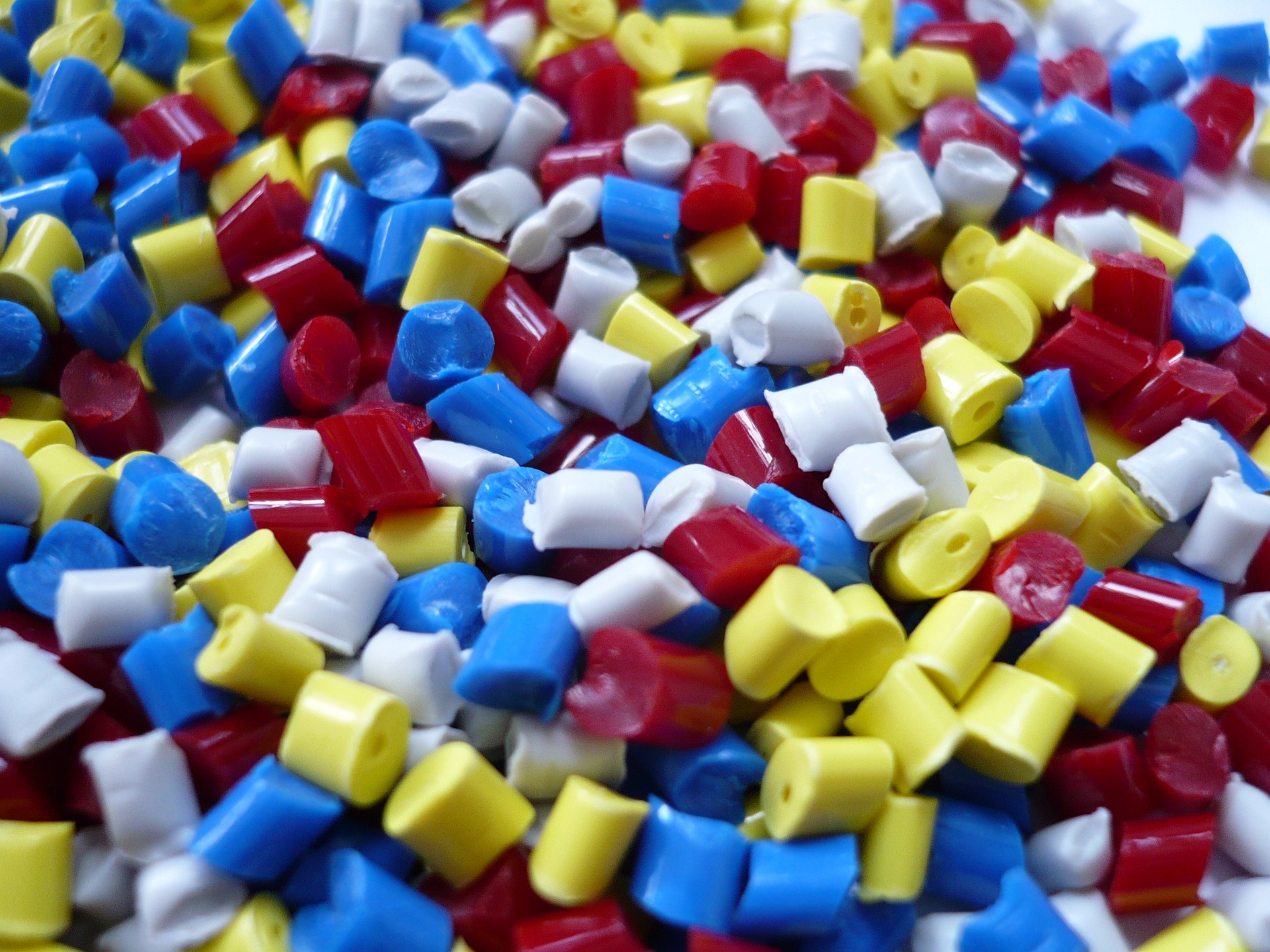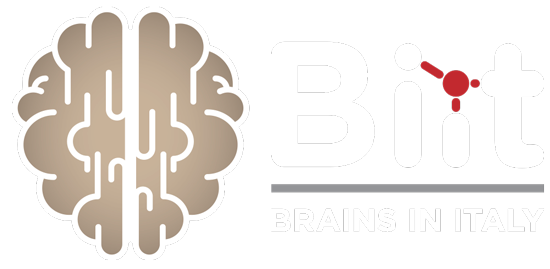NEW GEOMETRIES
Updating the theory of polymer networks elasticity
NUOVE GEOMETRIE
Aggiornata la teoria dell’elasticità dei network polimerici


Uno studio internazionale firmato da ricercatori dell’Università di Trieste risolve un problema teorico rimasto aperto per 70 anni.
La ricerca, una rilettura della teoria dell’elasticità dei network polimerici, può avere un impatto molto importante sulla scienza dei polimeri e dei sistemi gel: essa consente di superare una delle ipotesi più importanti dell’originaria teoria dell’elasticità delle gomme formulata negli anni ‘50 da Paul John Flory, premio Nobel per la Chimica nel 1974.
Se tale teoria assumeva che il reticolo polimerico di cui è costituita la struttura di una gomma o di un gel fosse costituito da “bastoncini” di lunghezze diverse distribuiti secondo la legge di probabilità Gaussiana, questo nuovo studio considera anche altre distribuzioni delle lunghezze dei bastoncini. Ciò consente di descrivere meglio le situazioni reali e capire meglio la relazione che intercorre tra la nano-struttura e il comportamento macroscopico di questi sistemi.
Il lavoro è stato condotto condotto da Mario Grassi, Michela Abrami e Gabriele Grassi dell’Università di Trieste con il contributo teorico di Stefano Mezzasalma, dell’Istituto Ruder Boskovic di Zagabria e dell’Università di Lund (LINXS).
Uno degli aspetti più importanti dello studio è che, nonostante la sua complessità, il risultato finale è molto semplice e fruibile da tutti coloro che lavorano nel campo dei gel polimerici e apre alla possibilità di significativi progressi in ambito medico, farmaceutico e biotecnologico.
Sarà possibile ad esempio ottenere esami diagnostici più precisi, maggiore efficacia nelle terapie farmacologiche e contribuire in futuro alla realizzazione di tessuti e organi artificiali.
In dettaglio, lo studio consentirà di ottimizzare la progettazione dei gel-polimerici, materiali utilizzati, ad esempio, nel rilascio controllato di farmaci per garantire un migliore assorbimento del farmaco e una maggiore efficacia terapeutica.
Le proprietà dei nuovi gel potranno inoltre rivelarsi fondamentali in biotecnologia in qualità di substrati per la crescita cellulare. Sarà possibile la coltivazione di cellule differenziate (prelevate ad esempio dalla pelle, dal fegato o dai reni) e riprogrammate ingegneristicamente in base alle proprietà meccaniche del gel utilizzato.
I risultati dello studio, infine, consentiranno di effettuare indagini diagnostiche più accurate sull’espettorato dei pazienti affetti da fibrosi cistica e da malattie polmonari cronico -ostruttive: sarà possibile ottenere informazioni più dettagliate sulla nano-struttura del muco le cui alterazioni patologiche si riflettono in problemi respiratori, consentendo di definire lo stadio di progressione della malattia e orientare la terapia medica.
Autore del post: Università di Trieste - Ufficio stampa
Istituto di appartenenza: Al momento non lavoro per nessun itistuto (in cerca di lavoro/affiliazione).
Ruolo: Press Officer - Brains in Italy
Doi originale: https://doi.org/10.1016/j.ijengsci.2022.103676
Link diretto alla fonte: https://www.sciencedirect.com/science/article/abs/pii/S0020722522000489
Articolo Divulgativo in Inglese:
An international study involving researchers from the University of Trieste solves a theoretical problem that has remained open for 70 years. The research, a re-reading of the theory of elasticity of polymer networks, can have a very important impact on the science of polymers and gel systems: it allows to overcome one of the most important hypotheses of the original theory of the elasticity of rubbers formulated in the 50s by Paul John Flory, Nobel Prize in Chemistry in 1974. If this theory assumed that the polymer lattice of which the structure of a gum or gel is made consisted of "sticks" of different lengths distributed according to the Gaussian law of probability, this new study also considers other distributions of the lengths of the sticks. This allows us to better describe real situations and better understand the relationship between the nano-structure and the macroscopic behavior of these systems. The work was conducted by Mario Grassi, Michela Abrami and Gabriele Grassi of the University of Trieste with the theoretical contribution of Stefano Mezzasalma, the Ruder Boskovic Institute in Zagreb and the University of Lund (LINXS). One of the most important aspects of the study is that, despite its complexity, the final result is very simple and usable by all those who work in the field of polymer gels and opens up the possibility of significant advances in the medical, pharmaceutical and biotechnological fields. For example, it will be possible to obtain more precise diagnostic tests, greater effectiveness in drug therapies and contribute in the future to the realization of artificial tissues and organs. In detail, the study will allow to optimize the design of gel-polymerics, materials used, for example, in the controlled release of drugs to ensure better absorption of the drug and greater therapeutic efficacy. The properties of the new gels may also prove to be fundamental in biotechnology as substrates for cell growth. It will be possible to cultivate differentiated cells (taken for example from the skin, liver or kidneys) and reprogrammed engineering according to the mechanical properties of the gel used. Finally, the results of the study will allow to carry out more accurate diagnostic investigations on the sputum of patients suffering from cystic fibrosis and chronic-obstructive pulmonary diseases: it will be possible to obtain more detailed information on the nano-structure of mucus whose pathological alterations are reflected in respiratory problems, allowing to define the stage of progression of the disease and orient medical therapy.



